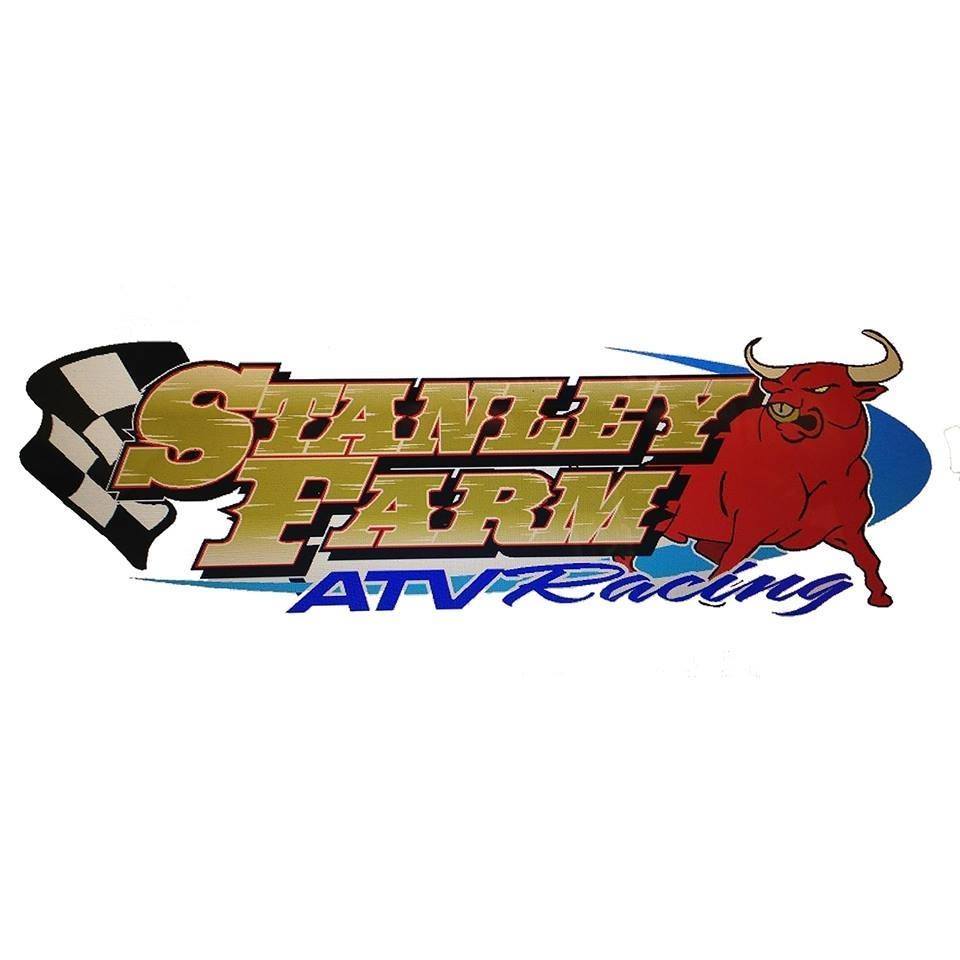Keeping a thorough ATV maintenance log isn’t just for mechanics—it’s for any rider who wants their machine to run smoothly season after season. Think of your log as a personal diary for your four‑wheeler: it tracks every squirt of oil, every new tire, and every fix. In this guide, we’ll walk through the 8 key things you need to record, why they matter, and how this habit can save you time, money, and headaches down the trail. Ready? Let’s dive in!
Introduction: Why Your ATV Maintenance Log Matters
Ever wish you could remember exactly when you last changed your engine oil? Or track how many hours you’ve put on those heavy‑duty tires? An ATV maintenance log solves that mystery. By logging each service, fluid change, and repair, you:
- Extend Your ATV’s Lifespan—Timely care prevents major breakdowns.
- Boost Resale Value—A detailed history shows prospective buyers you took care of “Old Bessie.”
- Stay Safe—A well‑maintained machine is less likely to fail mid‑ride.
Think of it like a fitness journal—keeping tabs on your workouts helps you progress. Likewise, your ATV log helps you ride harder, ride smarter, and ride longer.
1. ATV Maintenance Log: Basic Vehicle Information
ATV Model, VIN, and Year
First things first: record your ATV’s make, model, and year. Whether you’re logging a heavy‑duty Polaris or an eco‑friendly electric quad, start with:
- VIN (Vehicle Identification Number): the ATV’s unique fingerprint
- Model Name/Number: e.g. “Rancher 4×4” or “2025 Electric Trailblazer”
- Year: Some 2025 models have updated service intervals you’ll want to track
This info anchors every entry in your log and helps when you search ATV models or look up part specs.
Purchase Date, Dealer, and Warranty Details
Next, jot down:
- Purchase Date & Dealer Name—helps with warranty claims.
- Warranty Period—note expiration to avoid unexpected bills.
If you ever need to reference your farm‑riding‑tips or cross‑check how-to guides online, these basics keep you on track.
2. ATV Maintenance Log: Scheduled Service Dates
Manufacturer‑Recommended Intervals
Every ATV comes with a service schedule—engine oil every 50 hours, coolant flush at 100 hours, etc. Log each:
- Service Type (e.g. “50‑hr oil change”)
- Date & Riding Hours/Mileage
This aligns you with the OEM guidelines and keeps warranty intact. If you ride in muddy fields (hello, off‑road farming!), you might shorten intervals—your log will help you adjust.
Custom Service Schedule for Your Riding Style
Not all riders are the same. If you tow heavy loads, haul gear, or ride extreme terrain, create a custom schedule. Use your log to:
- Note Severe Conditions—dusty, wet, or hilly terrain
- Increase Service Frequency—for example, oil changes every 30 hours instead of 50
By tracking these custom tweaks, you’ll see patterns in wear and tear and stay ahead of potential issues.

3. ATV Maintenance Log: Oil & Fluid Change Records
Engine Oil Type, Date & Mileage
Engine oil is the lifeblood of your quad. For each change, record:
- Oil Brand & Viscosity—do you use synthetic 10W‑40 or a budget 15W‑50?
- Date & Riding Hours/Miles
- Filter Changed? (yes/no)
These entries help you compare brands, spot leaks, and optimize performance—even on affordable ATVs.
Oil Grade and Viscosity Notes
Under harsh conditions, you might switch oil grades. Log why you tried a new viscosity and how the ATV responded—engine noise, temperature, and mileage.
Differential, Brake & Coolant Fluids
Don’t stop at engine oil. Record each fluid service:
- Differential Gear Oil
- Brake Fluid—date, fluid type, and DOT rating
- Coolant—brand, type (antifreeze mix), and level
A dedicated “Fluids” section in your maintenance log keeps all critical liquids in one place. For electric ATVs, swap “coolant” entries for battery coolant or check inhibitor levels.
Coolant Type and Level Checks
Note down coolant concentration (50/50 mix) and top‑off dates. If you live in colder climates, logging freeze protection prevents blockages.
4. ATV Maintenance Log: Filter Replacement Details
Air Filter Cleaning & Replacement
A clean air filter means a healthy engine. Track:
- Date & Riding Hours when filter was cleaned
- Replacement Date for new filters
Riding in dusty environments — think eco‑farming fields — may require more frequent cleaning. Your log shows exactly when the filter gets clogged.
Fuel and Oil Filter Dates
Similarly, record:
- Fuel Filter Replacement—brand, date, and any notes on fuel quality issues
- Oil Filter Replacement—match oil change logs
This section helps you avoid engine damage due to clogged filters and keeps your ATV running like new.
5. ATV Maintenance Log: Tire & Wheel Inspections
Tire Pressure Readings
Under‑ or over‑inflated tires can ruin your ride, affect handling, and cause premature wear. Log:
- Tire Pressure (PSI) before and after rides
- Date & Temperature—ambient heat affects PSI
Logging tire pressure consistently helps you spot slow leaks or valve issues and ensures safe traction.
Tread Depth, Damage & Rotation
Every month or 25 riding hours, inspect:
- Tread Depth (mm) on each tire
- Damage—cuts, punctures, sidewall bulges
- Rotation—swap front/rear to balance wear
A solid tire log prevents blowouts and tracks when it’s time to invest in new set of heavy-duty ATVs tires.
6. ATV Maintenance Log: Brake System Checks
Brake Pad & Rotor Condition
Your ATV’s stopping power is non–negotiable. For brake checks, record:
- Pad Thickness (mm) and wear indicators
- Rotor Condition—scoring, warping, or thickness
By charting pad life, you’ll know exactly when to swap in fresh pads before you hear the tell‑tale squeal.
Brake Fluid Change Records
Brake fluid absorbs moisture over time. Log:
- Fluid Type & DOT Rating
- Change Date & Riding Hours
Consistent records keep brakes responsive and guard against corrosion in master cylinders.
7. ATV Maintenance Log: Battery & Electrical Service
Battery Voltage, Charge & Replacement
Your ATV’s battery powers lights, fuel pumps, and—on electric models—motors. Track:
- Voltage Readings at rest and under load
- Charge Cycles for electric or lead‑acid batteries
- Replacement Date and brand
If your quad sits idle in winter, logging voltage helps you spot a dying battery before it leaves you stranded.
Cable Connections, Fuse & Light Checks
Electrical gremlins hide in loose wires and blown fuses. Include:
- Connection Tightening Dates—terminals, grounds, and connectors
- Fuse Replacements—amp rating and location
- Light Function Tests—headlights, brake lights, and dash indicators
A well‑maintained electrical log keeps you safe on night rides and ensures every gauge works when you need it.
8. ATV Maintenance Log: Repairs, Parts & Modifications
Repair Dates, Costs & Shop Details
Whenever you fix something—bent A‑arm, cracked frame, or seized clutch—log:
- Date & Repair Description
- Part Numbers & Costs
- Mechanic or Shop Name
This gives you a complete history of fixes and helps you spot recurring issues before they become expensive headaches.
Aftermarket Attachments & Upgrades
From plows and racks to LED light bars, your ATV may host a variety of ATV accessories. Track:
- Attachment Model & Installation Date
- Maintenance Notes—greasing pivot points, tightening bolts
- Performance Feedback—did that winch mount improve productivity?
By cataloging ATV attachments and productivity gear, you’ll know exactly how each mod holds up under heavy use.
Conclusion
A diligent ATV maintenance log is your best tool for keeping your machine in peak condition. By recording basic vehicle info, service dates, fluid changes, filter swaps, tire and brake inspections, battery checks, and repairs or mods, you’ll ride with more confidence, avoid costly breakdowns, and maximize your ATV’s lifespan. Think of your log as an evolving story—you add a new entry after every adventure, and in return, your ATV rewards you with reliability and performance. Ready to start logging? Grab a notebook or use an app, and record that first oil change today!
FAQs
1. What format should I use for my ATV maintenance log?
Use whatever works: a dedicated notebook, spreadsheet, or mobile maintenance‑log app. Consistency is key.
2. How often should I update my ATV maintenance log?
Ideally, update it immediately after each service: oil change, tire check, repair, or mod installation.
3. Can I use the same log for multiple ATVs?
Yes, but keep separate sections or distinct logs per ATV to avoid confusion between models.
4. Are digital logs better than paper logs?
Digital logs (spreadsheets or apps) offer search, backup, and photo attachments, but paper logs work fine if you keep them dry and organized.
5. Should I log every minor inspection?
It’s wise to note any inspection where you adjust tire pressure, tighten bolts, or spot damage. Over time, these small entries add up to big insights.
6. How does a maintenance log help with resale value?
A detailed log shows buyers you cared for the ATV—regular service, timely repairs, and proper mods—which can boost its market price.
7. Where can I find more ATV maintenance tips?
Explore our how‑to guides, maintenance & repairs, and check posts under ATV safety or farm riding tips.


